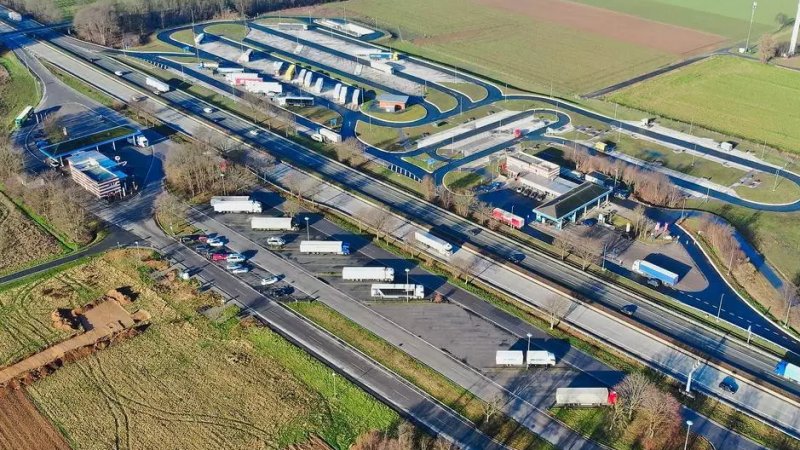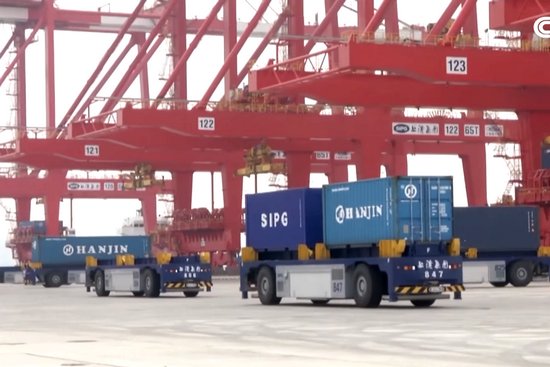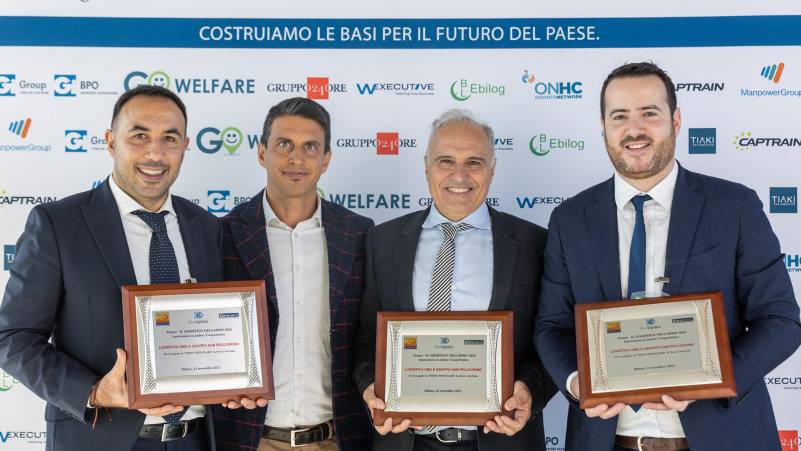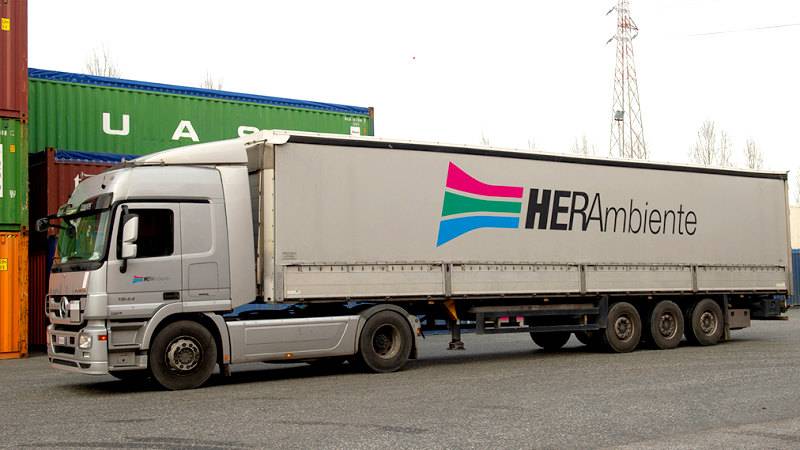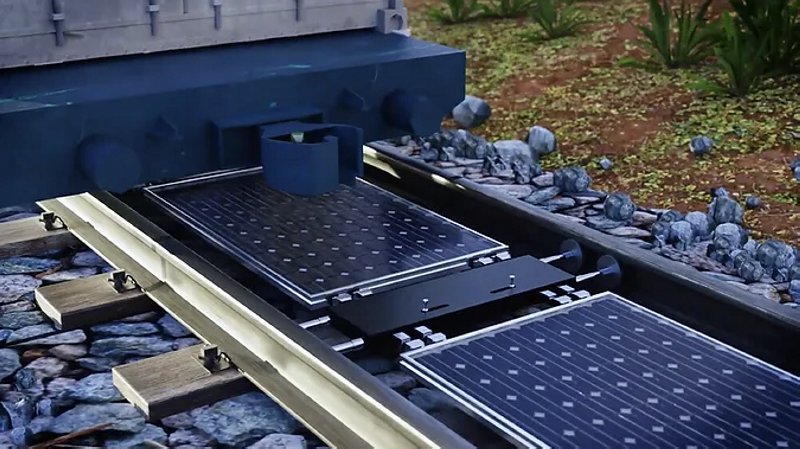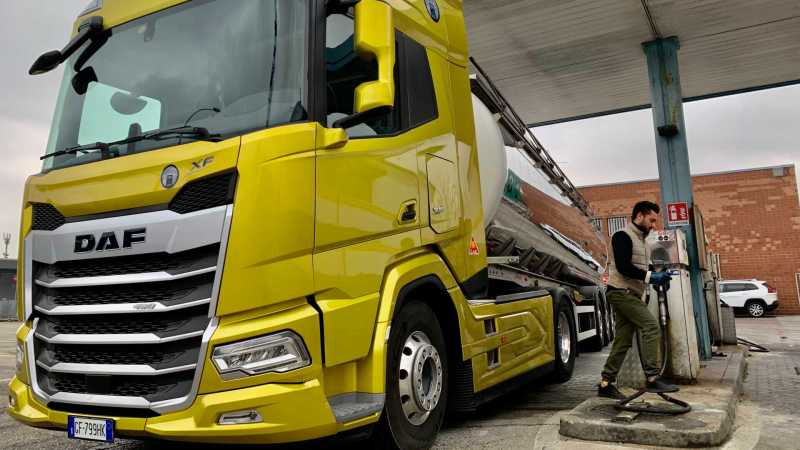From 1 January 2025, the Lueg Bridge on Austria’s Brenner A13 motorway, located six kilometres from the Austrian-Italian border, will become a critical bottleneck for international freight transport. Built in 1969, the structure requires a complete reconstruction, which will lead to significant traffic restrictions lasting until 2030. According to the Austrian motorway operator Asfinag, this large-scale project is essential to ensure the safety of one of the main Alpine transit routes.
The motorway will inevitably be reduced to a single lane in both directions during the main phases of the works. Dubbed the “Brenner bottleneck,” this stretch of motorway is expected to cause long queues and disruptions for industrial vehicles. With annual lorry traffic exceeding 2.5 million vehicles, the Brenner Pass is among the most congested Alpine crossings in Central Europe.
To mitigate the impact of the works, Asfinag has devised a series of measures. On days of peak traffic, two lanes will be operational: one dedicated to industrial vehicles, which will use the overtaking lane, and the other reserved for cars. An integrated weighbridge will identify vehicles weighing over 3.5 tonnes, automatically directing them to the appropriate lane. This strategy, previously trialled with positive results, aims to evenly distribute weight on the bridge while maintaining traffic flow.
Despite these solutions, managing heavy goods traffic remains a major challenge. Austrian authorities will continue to enforce “dosage” systems in 2025, capping lorry crossings at a maximum of 300 per hour on certain days to prevent total gridlock. This measure has been strongly criticised by Italian hauliers and the Transport Minister, who have accused Austria of breaching EU regulations on free movement. To prevent industrial vehicles from bypassing the motorway via local roads, Tyrolean authorities have announced transit bans in smaller nearby towns, such as Gries am Brenner, on high-traffic days.
The reconstruction of the Lueg Bridge, divided into three main phases, represents an investment of €390 million. The first phase, lasting approximately three years, involves building a new supporting structure alongside the existing bridge. Once completed, the old bridge will be demolished, followed by the finalisation of the new structure. To minimise disruptions, Asfinag will collaborate with Tyrol’s regional government and other local bodies to implement advanced monitoring systems, additional barriers, and improved traffic management information. Meanwhile, discussions are already underway about future works on the Europa Bridge, another critical juncture, with interventions expected to begin in 2040.



